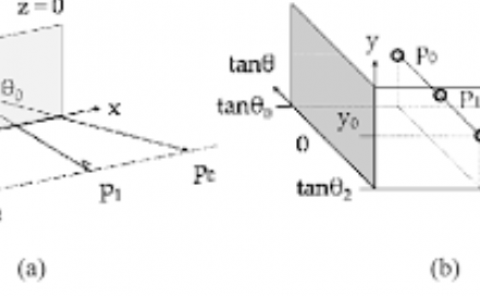Virtual reality tools for the correction of automated volume segmentation errors using dense surface reconstructions
PubDate: December 201
Teams: Argonne National Laboratory
Writers: Edouard B. Brooks ; Joseph Insley ; Michael E. Papka ; Silvio Rizzi

Abstract
The Kasthuri laboratory at the University of Chicago seeks to map the human brain and have begun by mapping mouse brains at high resolutions. In 2015, using electron microscopy imaging of miniscule slices, Kasthuri et al. produced a high-resolution volume reconstruction of neocortical tissue roughly the size of 1500pm 3 : a resolution allowing identification of every synaptic vesicle [2]. Today, the Kasthuri lab has been working with the Argonne National Laboratory to automatically segment and visualize volumes using Argonne’s supercomputers. This poster presents initial work on a toolset for neuroanatomists to use to engage with and correct errors associated to the automated segmentation, in anticipation of future, larger volumes. The project leverages commercial virtual reality head-mounted displays (HMDs), and will give scientists the opportunity to make corrections in real time and while disconnected from the supercomputers. The development follows studies that have found that greater field of regard, head tracking, and immersion improves visual analysis and spatial understanding of inherently three dimensional datasets.



